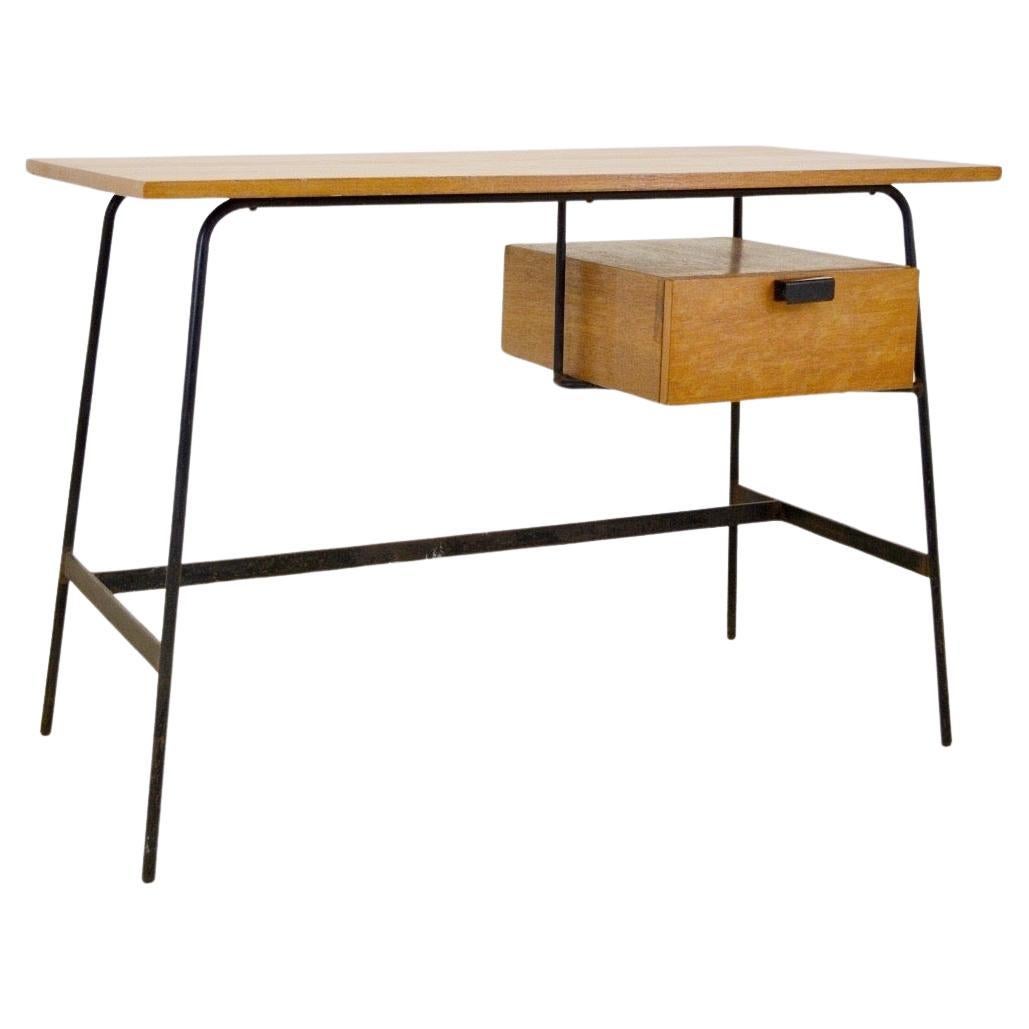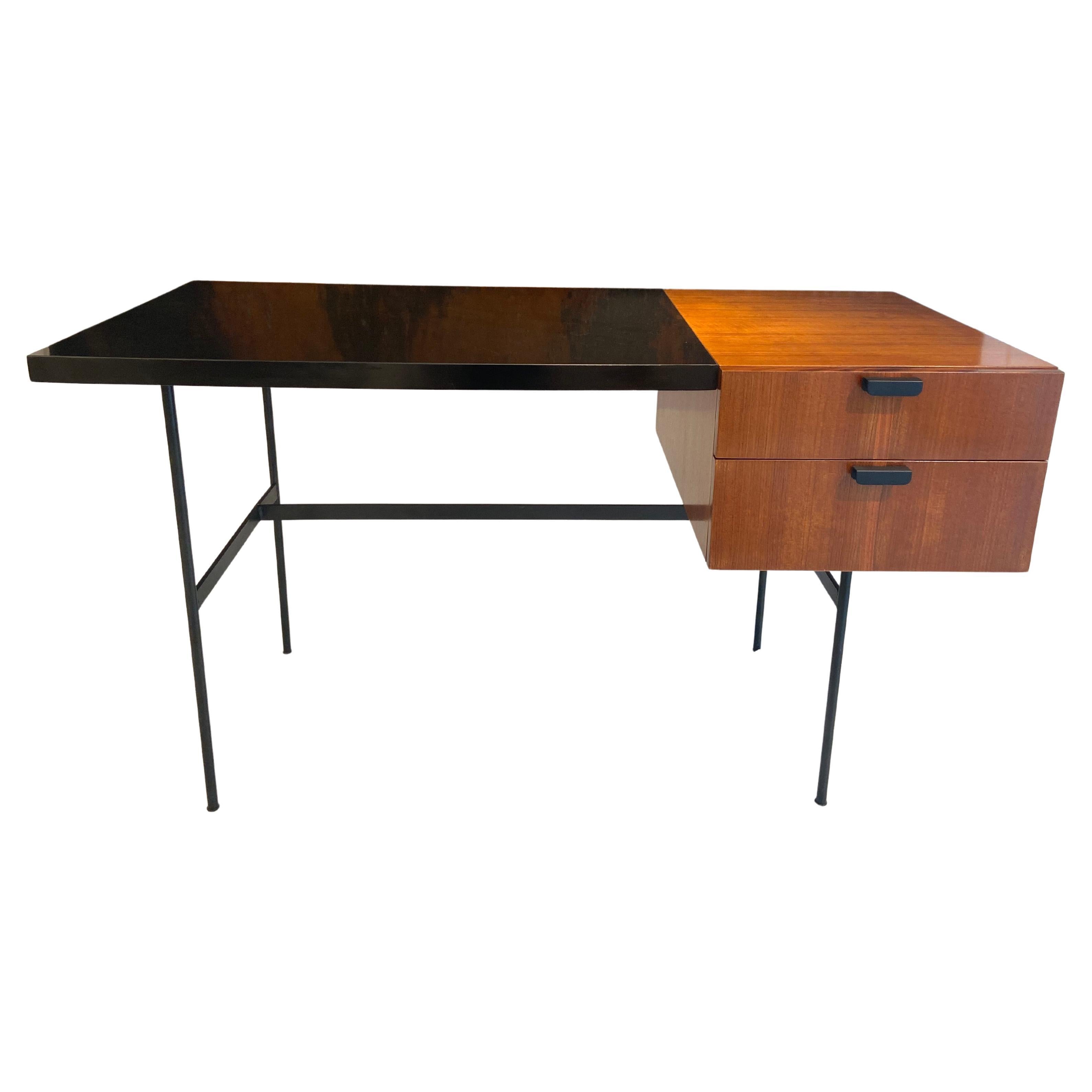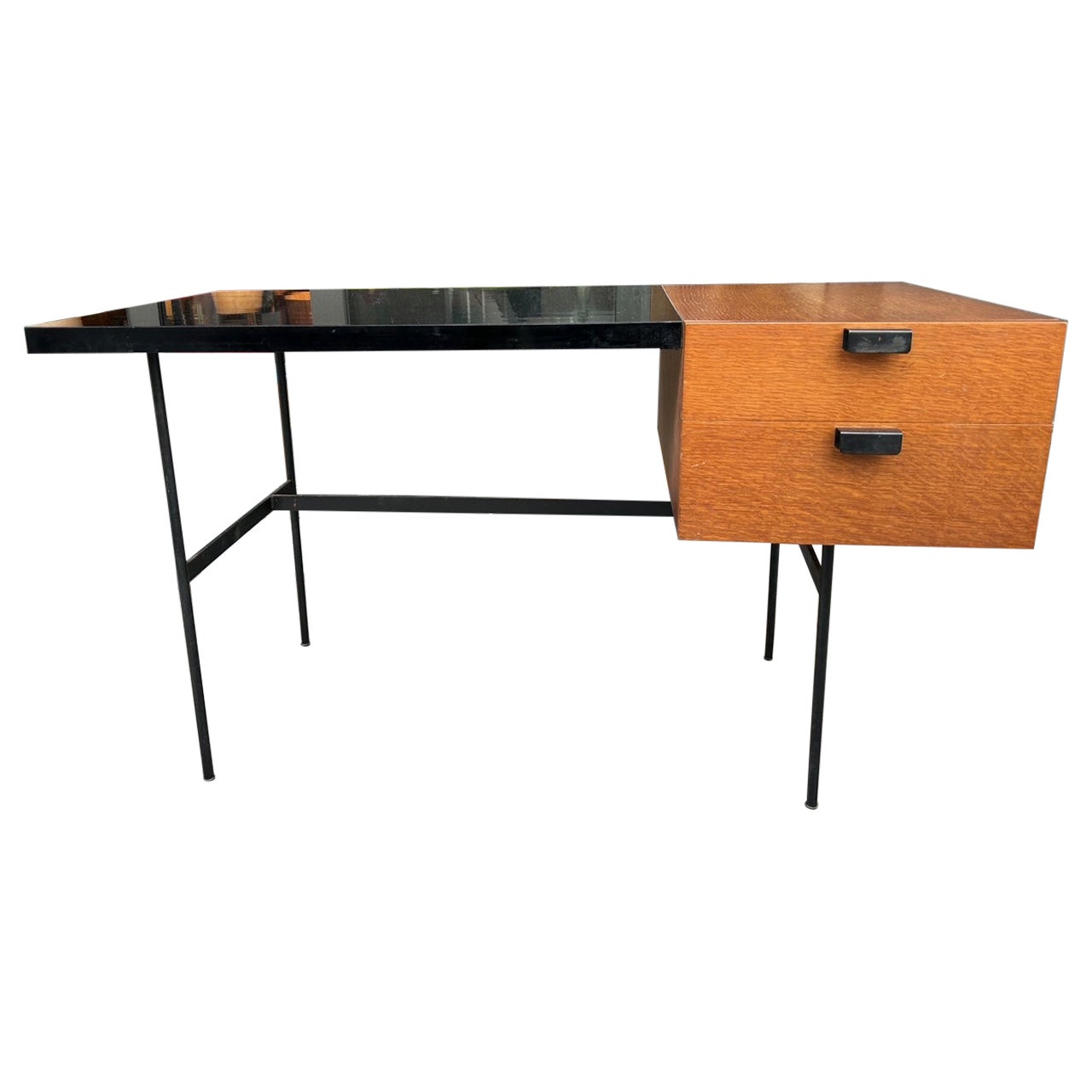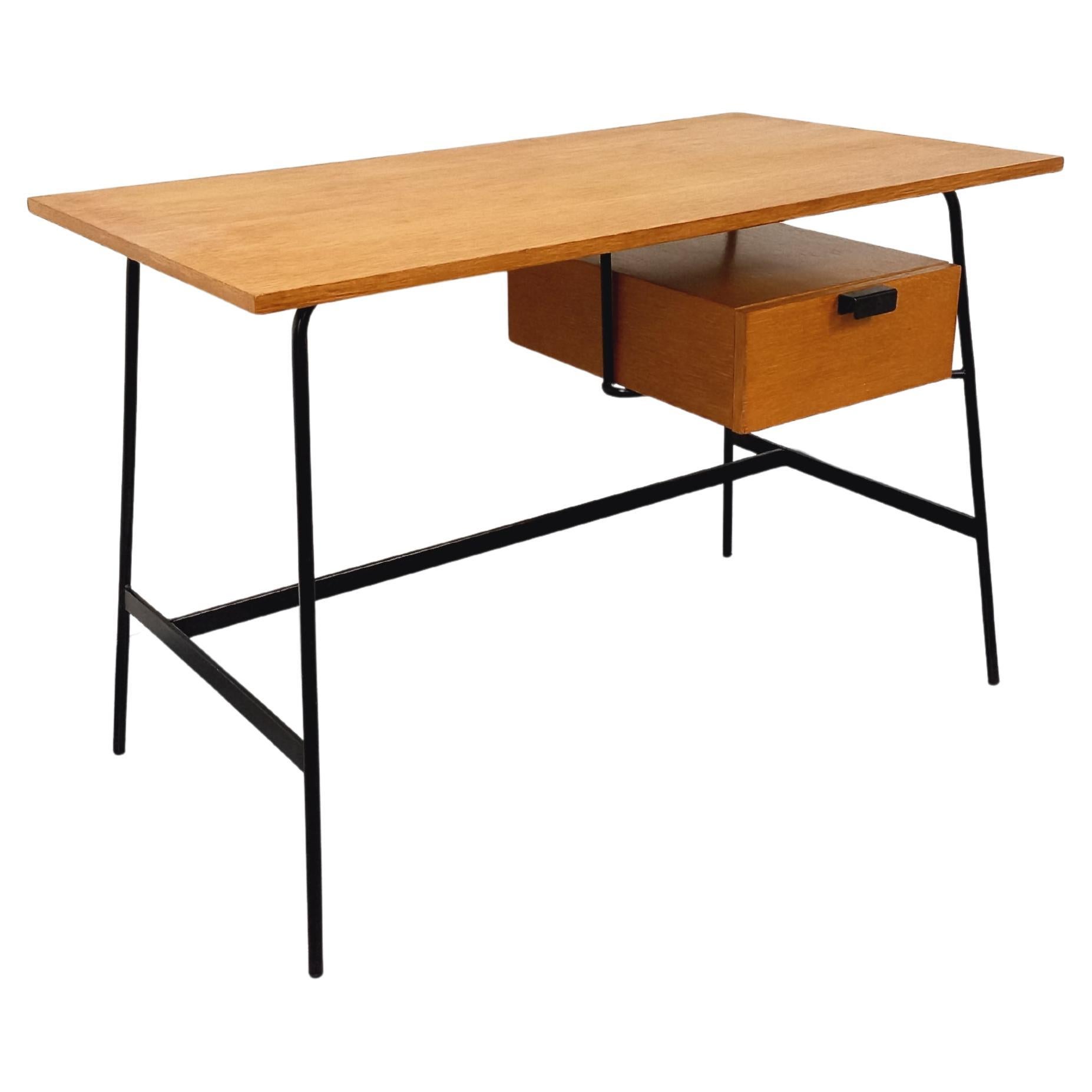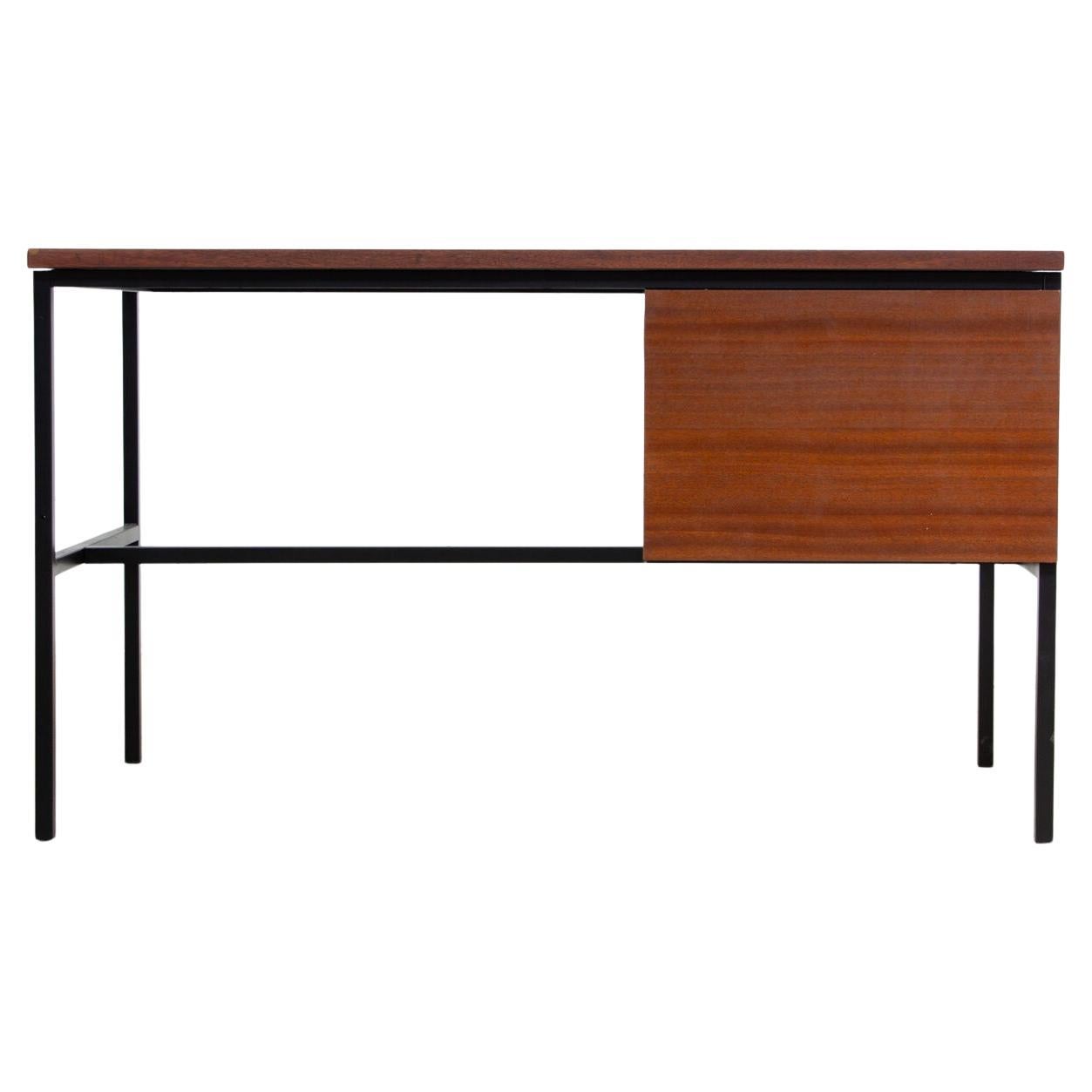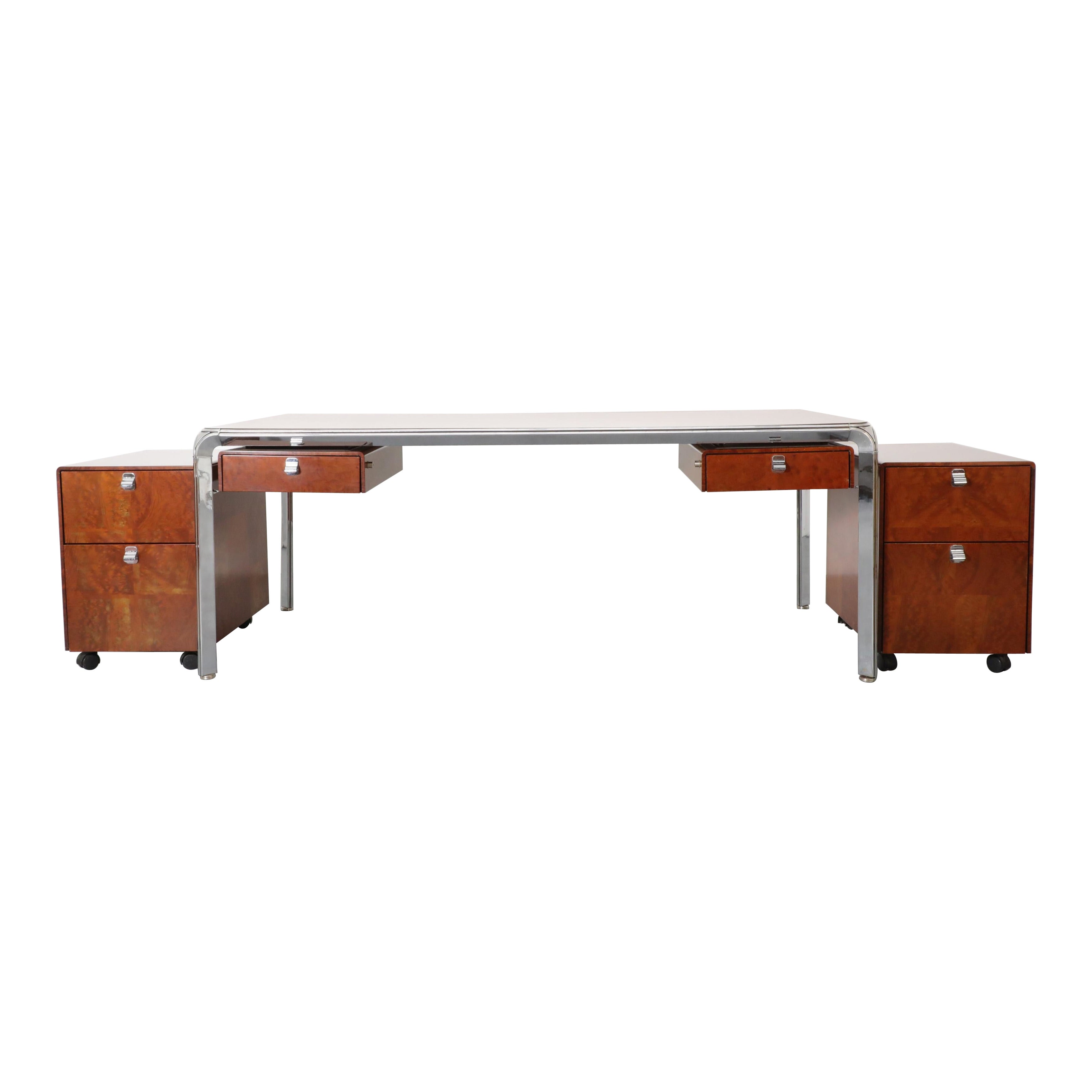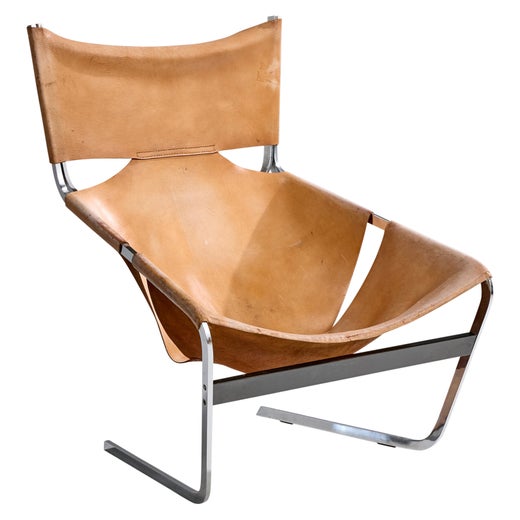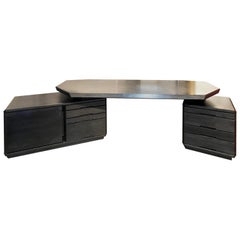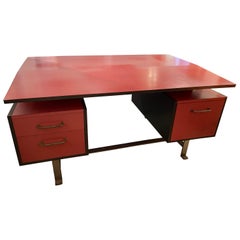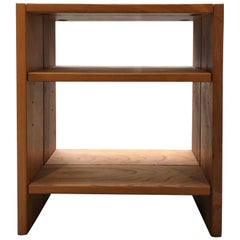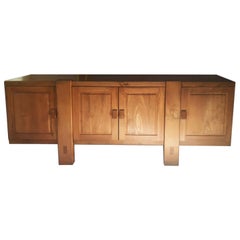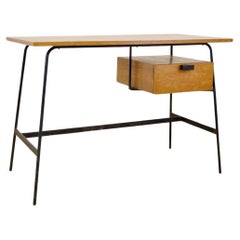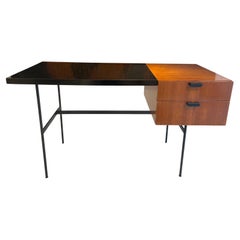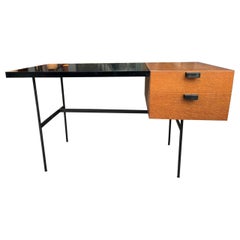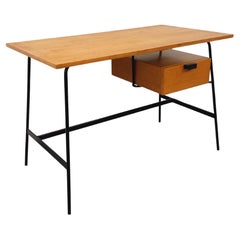Office, Pierre Paulin, Minvielle Edition, 1955
About the Item
- Creator:Pierre Paulin (Cabinetmaker)
- Dimensions:Height: 28.35 in (72 cm)Width: 39.38 in (100 cm)Depth: 23.63 in (60 cm)
- Materials and Techniques:
- Place of Origin:
- Period:
- Date of Manufacture:1955
- Condition:
- Seller Location:Saint Ouen, FR
- Reference Number:1stDibs: LU2927328949332
Pierre Paulin
Pierre Paulin introduced a fresh breeze into French furniture design in the 1960s and ’70s, fostering a sleek new Space-Age aesthetic. Along with Olivier Mourgue, Paulin developed chairs, sofas, dining tables and other furnishings with flowing lines and almost surreal naturalistic forms. And his work became such a byword for chic, forward-looking design and emerging technologies that two French presidents commissioned him to create environments in the Élysée Palace in Paris.
Paulin was born in Paris to a family of artists and designers. He initially sought to become a ceramist and sculptor and was studying in the town of Vallauris near the Côte d'Azur — a center for pottery making, where Pablo Picasso spent his postwar summers crafting ceramics — but broke his hand in a fight. He enrolled at the École Camondo, the Paris interior design school. There, Paulin was strongly influenced by the work of Charles and Ray Eames, George Nelson and Arne Jacobsen, as was reflected in his early creations for the manufacturer Thonet-France.
It was at the Dutch firm Artifort, which he joined in 1958, where Paulin blossomed. In a few years, he produced several of his signature designs based on abstract organic shapes. These include the Butterfly chair (1963), which features a tubular steel frame and slung leather, and a group of striking seating pieces made with steel frames covered in polyurethane foam and tight jersey fabric: the Mushroom (1960), Ribbon (1966) and Tongue (1967) chairs. The revered designer not only introduced new construction techniques to Artifort furniture but contributed fresh materials, Pop art colors and dazzling shapes to the mid-century modern era as a whole.
In 1971, the Mobilier National — a department of France’s Ministry of Culture in charge of furnishing top-tier government offices and embassies — commissioned Paulin to redesign President Georges Pompidou’s private apartment in the Élysée Palace. In three years, Paulin transformed the staid rooms into futuristic environments with curved, fabric-clad walls and furnishings such as bookcases made from an arrangement of smoked-glass U shapes, flower-like pedestal chairs and pumpkin-esque loungers.
Ten years later, the Mobilier National called on Paulin again, this time to furnish the private office of President François Mitterand. Paulin responded with an angular, postmodern take on neoclassical furniture, pieces that looked surprisingly at home in the paneled, Savonnerie-carpeted Louis XVI rooms. As those two Élysée Palace projects show, Paulin furniture works well both in a total decor or when used as a counterpoint to traditional pieces. His creations have a unique personality: bright and playful yet sophisticated and suave.
Find vintage Pierre Paulin lounge chairs, armchairs, coffee tables and other furniture on 1stDibs.
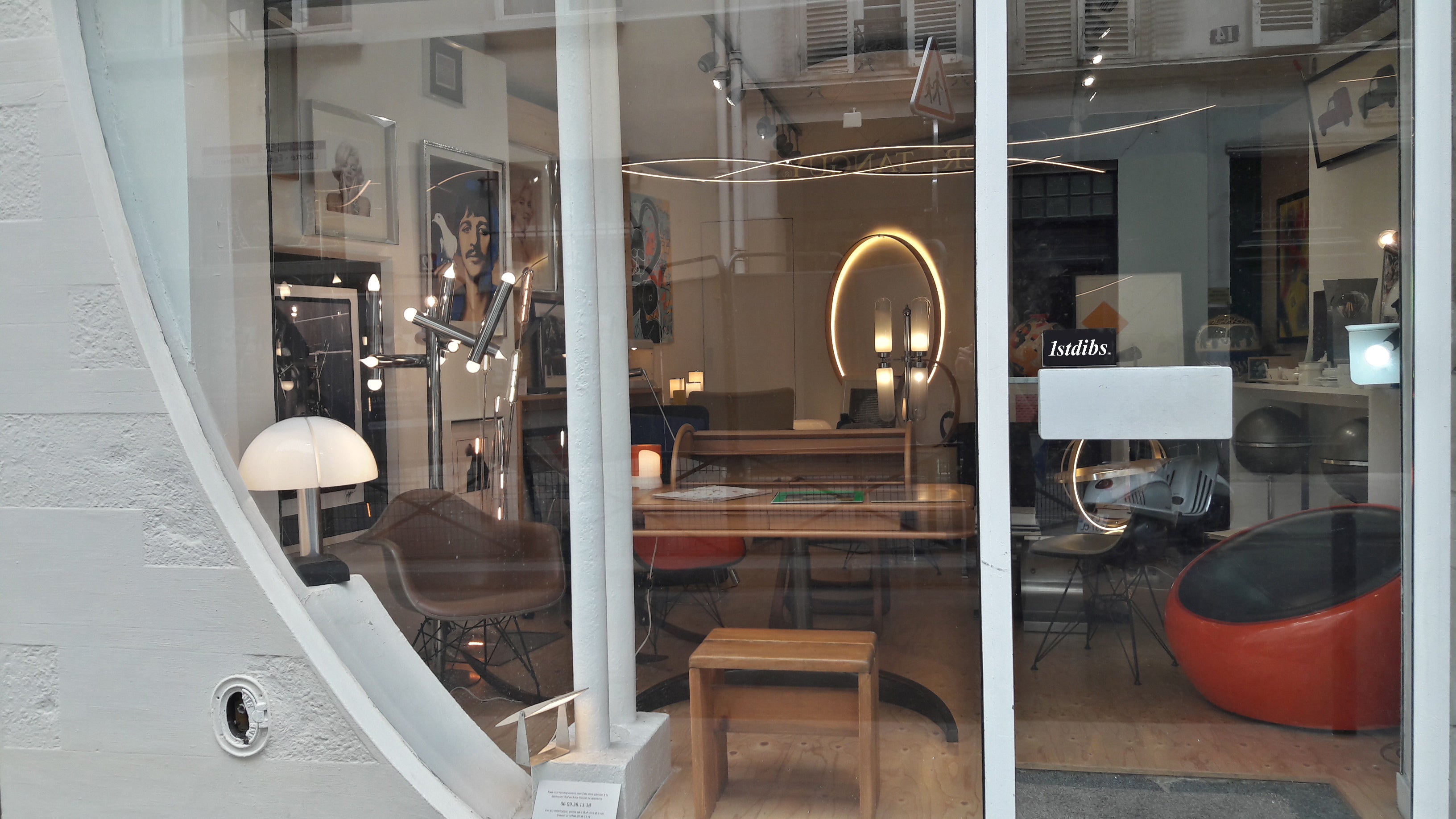
- ShippingRetrieving quote...Shipping from: Saint ouen, France
- Return Policy
More From This Seller
View All20th Century European Aesthetic Movement Desks
Ash
Vintage 1960s Desks and Writing Tables
Laminate
Vintage 1970s French Buffets
Wood
Vintage 1960s French Buffets
Wood
Vintage 1960s Shelves
Wood
Antique Early 1900s Conference Tables
Wood
You May Also Like
Vintage 1950s French Mid-Century Modern Desks
Steel
Vintage 1950s French Mid-Century Modern Desks and Writing Tables
Metal
Vintage 1960s French Modern Desks and Writing Tables
Metal
Vintage 1960s French Mid-Century Modern Desks and Writing Tables
Metal
Mid-20th Century French Mid-Century Modern Desks
Mahogany
Vintage 1970s French Mid-Century Modern Desks and Writing Tables
Steel
Read More
At Château La Coste, Pierre Paulin’s Visionary Home Concept Finally Comes to Life
Now synonymous with 1960s and ’70s French chic, the designer conceived his modular modernist furnishings to change the way we decorate.
Exploring Our Current Obsession with Sixties Style
A new exhibition in Philadelphia stars a complex decade that continues to inspire.
